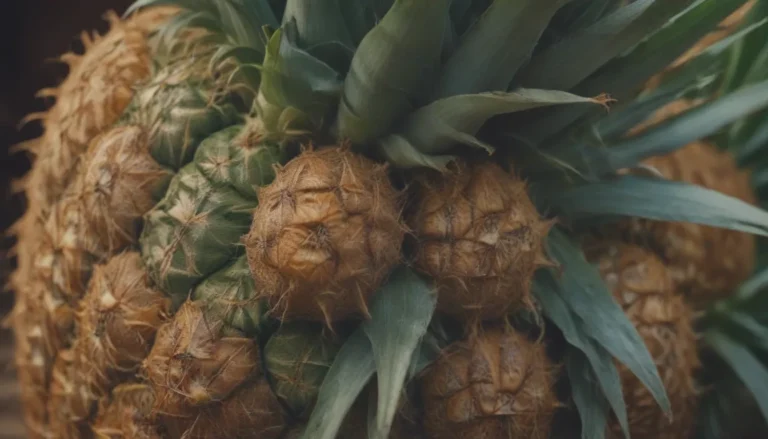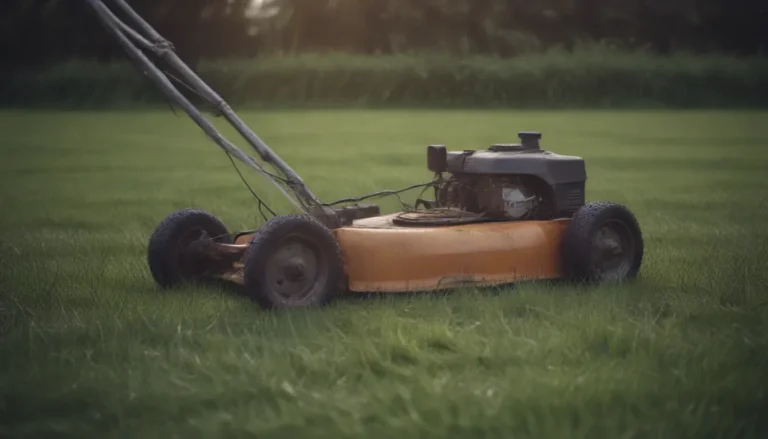Comprehensive Guide to Growing and Caring for Trident Maple Trees

Are you looking to add a touch of elegance to your garden landscape with a versatile and easy-to-maintain tree? Look no further than the Trident maple (Acer buergerianum). With its beautifully rounded branching habit and rich autumn colors, this smallish maple is a fantastic choice for any outdoor space. In this in-depth guide, we’ll cover everything you need to know to successfully grow and care for a Trident maple, from planting to propagation and everything in between.
Getting to Know Trident Maple
Trident maple, named for its three-lobed dark green leaves, is a fast-growing tree that can reach heights of 25 to 35 feet at maturity. Known for its adaptable nature, this species is versatile enough to thrive in various conditions, making it an excellent choice for modern garden landscapes. Whether you prefer a multi-stemmed spreading tree or a small shade tree with a single trunk, Trident maple has you covered. Its striking bark texture and color also make it a standout in the winter months.
Benefits of Growing Trident Maple
- Fast-growing and easy to maintain
- Versatile in various garden designs
- Suitable for bonsai cultivation
- Provides strong winter appeal with its interesting bark texture
Trident Maple Care Guide
To ensure your Trident maple thrives and remains healthy, it’s essential to provide the proper care. Here are some key care requirements to keep in mind:
Light
- Plant your Trident maple in full sun for optimal growth and foliage.
- Aim to provide the tree with at least six to eight hours of sunlight per day.
Soil
- Trident maple is adaptable to different soils but thrives in moist, well-drained soil.
- Test the soil pH before planting, as this tree prefers neutral to slightly acidic soil.
Water
- During the first season, water your Trident maple with 15 to 20 gallons per week until established.
- Once established, water as needed, ensuring the tree tolerates occasional drought conditions.
Temperature and Humidity
- Trident maple thrives in USDA Zones 5 to 9, with possible survival in the southern half of zone 4.
- Humid conditions can make the tree susceptible to fungal leaf spot diseases.
Fertilizer
- Only fertilize your Trident maple if soil tests indicate a need for an acidifying fertilizer or soil amendment.
- Avoid over-fertilizing, as this can harm the tree.
Types of Trident Maple Cultivars
Trident maple is available in more than 20 cultivars, each offering unique sizes, growth shapes, and leaf colors. Some notable selections include:
- ‘Aeryn’
- ‘Michael Steinhart’
- ‘Mino Yatabusa’
- ‘Miyasama Yatsubusa’
- ‘Streetwise’
Pruning Tips for Trident Maple
Pruning is an essential aspect of maintaining a healthy and well-shaped Trident maple. Here are some pruning tips to keep in mind:
- Avoid pruning when the sap is running in late winter and early spring.
- Remove dead, broken, or diseased limbs to promote healthy growth.
- Consider training the tree as a traditional landscape specimen with a single trunk or maintaining its natural multi-stemmed shape.
Propagating Trident Maple
One of the easiest ways to propagate a Trident maple is through stem cuttings. Follow these steps to propagate your tree successfully:
- Select a healthy stem cutting in late spring.
- Root the cutting in a suitable growing medium.
- Monitor the cutting for root development and transplant once rooted.
Remember, home propagation is only legal for non-trademarked cultivars or pure species, as trademarked cultivars cannot be propagated without permission.
Growing Trident Maple From Seed
While the species form of Trident maple is easy to grow from collected seeds, named varieties may not produce true offspring from seeds. If you have viable seeds, here’s how to grow Trident maple from seed:
- Collect mature seeds from the tree.
- Plant the seeds in a suitable growing medium.
- Provide adequate sunlight, water, and nutrients for germination and growth.
Potting and Repotting Trident Maple
Trident maple trees can thrive in large containers, making them excellent choices for patios and small spaces. When potting or repotting your tree, consider the following:
- Use a heavy clay or ceramic container to prevent tipping.
- Select a dwarf cultivar for container growth, such as ‘Miyasama Yatsubusa’, which is fast-growing and compact.
Overwintering Tips for Trident Maple
In colder regions, young Trident maple trees should be well-watered before winter to ensure they survive the cold months. Mature trees should be allowed to dry out slightly in fall to enhance fall color. Consider protecting young trees from gnawing animals and moving potted trees to a sheltered location during winter.
Common Pests and Plant Diseases
While Trident maple is relatively trouble-free, it can be susceptible to certain pests and diseases common among maples. Keep an eye out for verticillium wilt, a potentially life-threatening fungal disease that affects the tree’s vascular system. Additionally, watch for fungal leaf spot diseases, though these are usually not severe.
Common Problems and Solutions
Cultural problems with Trident maple are rare, but heavy snow can cause limb breakage. Prevent this by shaking off snow from young trees after each snowfall. Chlorosis, caused by alkaline soil, can also affect Trident maple. Address this issue by amending the soil or using an acidifying fertilizer to lower the pH.
Final Thoughts
Trident maple is a versatile and beautiful tree that can enhance any garden landscape with its unique foliage and striking appearance. By following the care guidelines outlined in this guide, you can successfully grow and maintain a healthy Trident maple in your outdoor space. Whether you choose to plant it in the ground, grow it in a container, or cultivate it as a bonsai, Trident maple is sure to bring beauty and elegance to your garden for years to come. Happy gardening!





